Dear editors,
It's a pleasure to share with you this double arch panorama captured the Friday 10th of May 2024 during the extraordinary aurora event from Prades, at the south of Barcelona (Catalonia, Spain), as south as 41ºN.

Best regards,
Aleix Roig
----
This panoramic image, composed of 12 individual images, shows the SAR (Stable Auroral Red arc) as well as the Milky Way as it was starting to rise above the horizon. The connection point is the Baltasana Communication Station, a strategic point of view with sights all over the south of Catalonia.
The night of the 10th of May 2024 an extraordinary aurora event made it possible to see the northern lights from the southern skies. I climbed up to the top of the highest mountain in my region (Prades, Tarragona), Tossal de la Baltasana, 1.203 meters above sea level, to stare at the dancing auroras. I was overwhelmed by what I saw. A colorful show that I had never seen before at this latitude. Living as low as 41ºN (south of Catalonia, north east of Spain), made this event a very rare occasion to see the aurora with the naked eye.
This past winter I've had the privilege to travel to Norway to see the auroras. I can now confirm that this time, from home, it has not been that far from what we saw last November 2023 in Tromsø.
On the right side of the image, low in the horizon facing the east, we can see the light pollution from Barcelona and Tarragona, while on the left side facing the northwest we can see several catalan villages and the red lights of the wind parks.
Image details:
12x5" 4000ISO f/1.7
Data acquisition: 10th of May 2024 23:40 UTC
Location: Tossal Baltasana, Prades (Tarragona, Catalonia - Spain).
Darkness: 21.10 mag/arcsec2
Equipment:
Lens: Sigma Art 24mm
Camera: SonyA7S mod
Aleix Roig - Prades (Tarragona, Spain), May 2024.
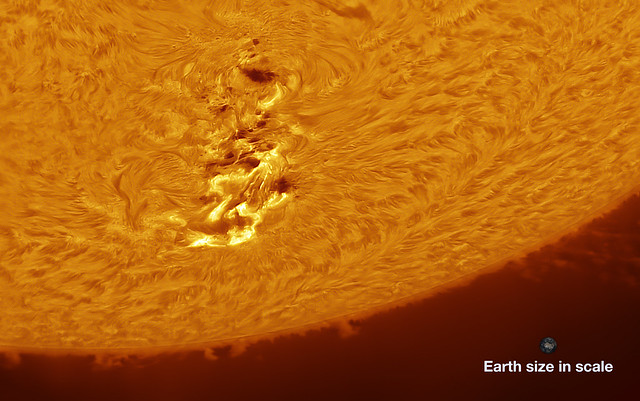 AR3364 in H-Alpha - May 11th 2024 by Alessandro Carrozzi, su Flickr
AR3364 in H-Alpha - May 11th 2024 by Alessandro Carrozzi, su Flickr AR3364 in H-Alpha - May 11th 2024 by Alessandro Carrozzi, su Flickr
AR3364 in H-Alpha - May 11th 2024 by Alessandro Carrozzi, su Flickr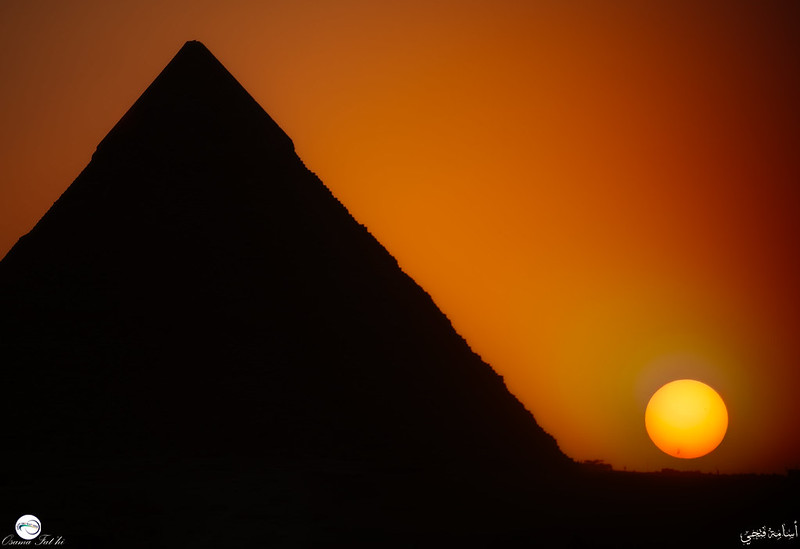 SunSpot and the pyramid of Khafre by osama Fathi, on Flickr
SunSpot and the pyramid of Khafre by osama Fathi, on Flickr




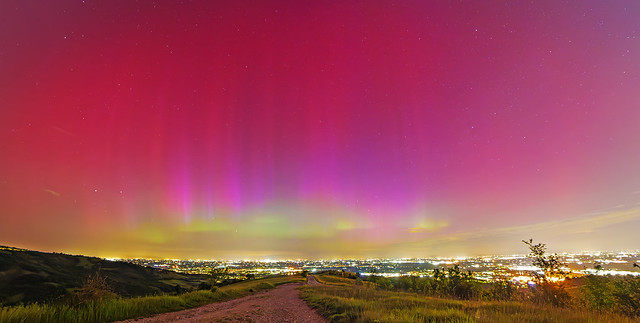 Northern Lights ove the Po Valley - Panorama by Alessandro Carrozzi, su Flickr
Northern Lights ove the Po Valley - Panorama by Alessandro Carrozzi, su Flickr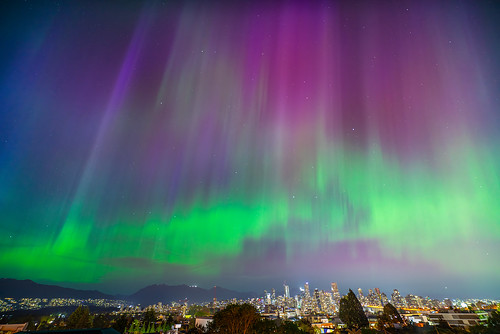

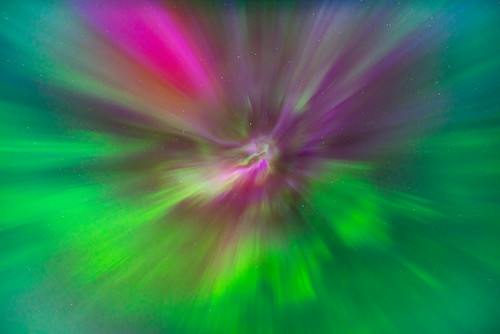
 darknebula_corona_australis_samyang135f2asi2600mcpro_62x180tiff by astronomono delgadillo, en Flickr
darknebula_corona_australis_samyang135f2asi2600mcpro_62x180tiff by astronomono delgadillo, en Flickr